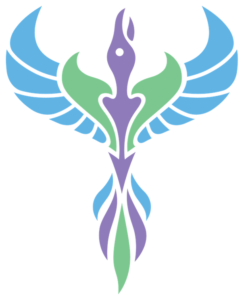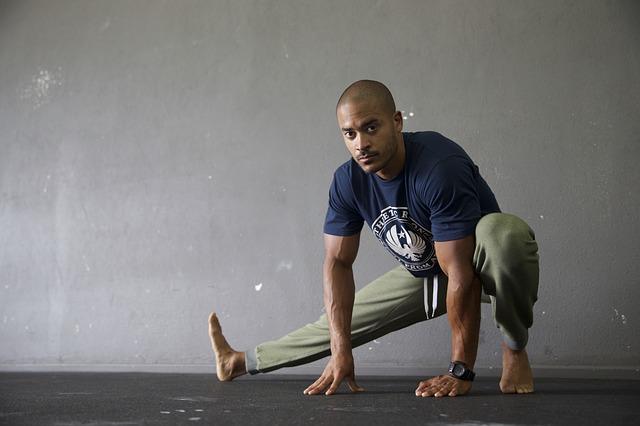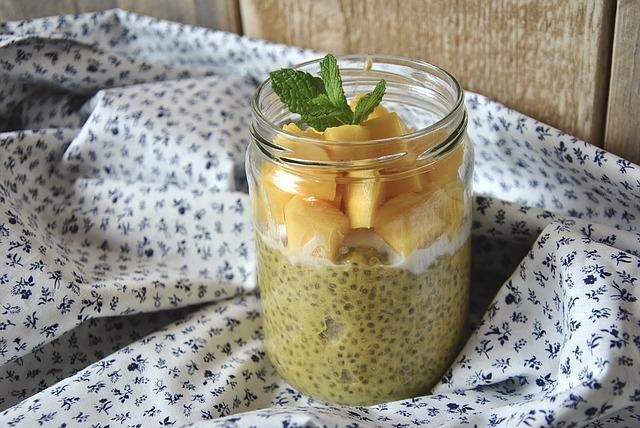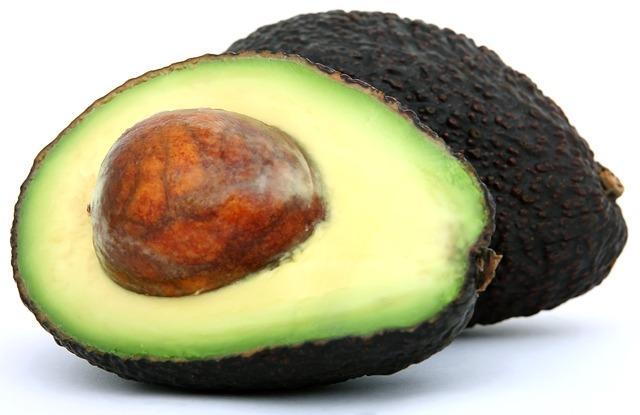Posts Tagged ‘health’
How to Go About: Looking Confident and Feeling Your Best
How we can make this position the new norm
It begins with awareness- now that you know what it feels like to have your postural muscles engaged and holding you upright, we want to work to make this your new normal. At our office in Park Slope, we work with you to help you establish good postural health. This means:
- Providing spinal adjustment to realign the spine, improving range of motion and reducing pain.
- Focusing on stretching and elongating overly-tight postural muscles which are suffering from overuse in poor posture.
- Focus on strengething under-used phasic muscles to lend support and stability to the core.
If you are interested in changing your postural health for the better, give our office in Brooklyn a call to schedule an appointment today.
Breathing Slower
As a society, we are actively attempting to unlearn proper breathing technique and it has enormous ramifications on quality of life. If you were only drawing 2/3 of the oxygen you could, and not expelling enough CO2 you would be severely disadvantaging yourself, yet this is what we are choosing to do in the face of air pollution, sit-heavy lifestyles, poor diets and lack of awareness regarding posture. In essence, many of us are only capturing the amount of oxygen needed to plod along, but not enough to prosper and feel great. At Community Chiropractic & Acupuncture, we believe in a more conscious way of life, and there is no better, quicker or easier way to practice this than to start breathing slower and deeper.
Taking a deep breath means:
- In through your nose
- Breathing into the lower belly, which should expand
- Holding for a few seconds
- Exhaling fully and slowly (think 4 seconds)
This helps immediately with anxiety or panic, but it can also be adapted as your primary breathing technique. While breathing only 10 times a minute may seem extreme, it is worth trying to reduce your number of breaths per minute, so that you can feel better. Capturing the full amount of oxygen means you will experience a noticeable increase in productivity and mood. We want to see everyone reap their true potential from the respiratory process, so that every cell can function with the full amount of inputs it needs to provide the body with energy to prosper.
Dr. Karen Thomas, D.C.
Scar Tissue
The regeneration of tissue after injury is a necessary and standard part of the body’s healing response. The same way a cut on your skin will bleed, scab and scar, a similar process happens on the inside of your body, when trauma (from acute injury or repetitive motion), causes cells to die off. Cells must necessarily regrow and the new fibrotic tissue that forms during the reparative process is often called scar tissue. The main problem is that the new tissue is, by some estimates, only 60% as elastic as the original tissue, meaning that an area with excess scar tissue can be stiff and painful. The problem is worsened when scar tissue adheres to the healthy connective tissue nearby, trapping a region and subjugating it to reduced range of motion and pain.
Chiropractic is an excellent treatment for dispelling excess scar tissue after injury. Modalities such as the Graston Technique, Active Release Technique, and Myofascial Release are effective at breaking up scar tissue and returning mobility to a region. Even simple, targeted massage can get into the knots of tensions known as trigger points and break them up. If scar tissue is adhering to healthy tissue, then there is a force actively pulling your body out of alignment and this can be easily combatted with gentle, hands-on manipulation.
At Community Chiropractic & Acupuncture of Park Slope, we can help determine if your pain and range of motion restriction is caused by scar tissue build up, and if so, treat it effectively and efficiently.
Dr. Karen Thomas, D.C.
Starting Fresh
For many people who have been exercise-free for years, entering the gym can seem like an insurmountable obstacle. The sheer amount of information available at a second’s notice regarding health and wellness can also be overwhelming and leave you feeling disenchanted. However, the blatant reality is that if you want to live longer and feel better, regular exercise is almost indispensible. Besides helping you to maintain a healthy weight, exercise is good for things like promoting better circulation and stimulating endorphins to help manage stress. If you are amongst the millions of Americans who want to feel better and look better but are at a loss as to how to start, give our office in Park Slope a call. We have found that a face-to-face, human-to-human conversation can be the catalyst you need to get motivated and excited about working out. Here’s how:
- A clear plan: the main benefit of interfacing. There is no grey area or internet overload; we hash out your health goals, your priorities and limitations and go about setting up a plan to deal with achieve success in a concrete manner.
- Starting slow: what are you comfortable with? What are your strengths and what do you absolutely detest? Not everyone is cut out to be a gym rat, but almost everyone can find their happy place with specific workouts and stretches.
- Accountability partner: this is key. Great things are built by teams, and we want to be your go-to-resource for information, chiropractic care, acupuncture and accountability.
- Managing pain: Certainly working out is made miserable by pain. If an injury or chronic pain is holding you back, we need to correct this so you can stop using pain as an excuse.
A fresh start is attainable if you go about it the right way. As a doctor of chiropractic and acupuncture, I am completely invested in your health and well-being. Let’s start on a path toward a healthier, happier you together and let’s start today.
Dr. Karen Thomas, D.C., L.Ac.
Chia Chia Chia
What if 2 tablespoons of some magical ingredient per day could fortify your bones, regulate your nervous system, and combat inflammation in joints? I can tell you that this prospect would make a chiropractor and acupuncturist very excited. Fortunately, this is not a mere pipe dream: the ingredient is sold in most health food stores and goes by the name of chia seeds. These little black seeds, derived from the Chia plant are dietary superstars.
1 ounce equates to roughly 2 tablespoons and this is what you will find:
- 4 grams of (clean) protein
- 11 grams of fiber
- 9 grams of (healthy) fats, half of which comes from omega-3s.
- Varying percentages that contribute to your RDA for: manganese, phosphorous, calcium and magnesium, all of which are important for bone density.
The best part is that they are tasty: you can mix them into just about any meal and barely notice a difference in flavor or texture. Mixing them into hot foods helps to break them down from a dry seed to a mushy consistency so you barely notice they are in the food at all. But your body will notice and you will feel an uptick in functions across the board. For people managing conditions relating to chronic inflammation, the regular administration of omega-3s is essential. They are also chalk full of anti-oxidants which help fight the oxidation of other molecules in the body.
Dr. Karen Thomas, D.C., L.Ac.
Acupuncture for the Relief of Arthritis Symptoms
Essentially a family of conditions involving chronic inflammation and stiffness in the joints, arthritis prevalence is on the rise in the United States. According to the CDC, by the year 2040, some 78 million adults 18 years and older will be affected by some form of doctor-diagnosed arthritis. As there is no clear cure, there are naturally myriad remedies on offer, ranging from medication to lifestyle adjustment to specific dieting and exercise. At Community Chiropractic & Acupuncture, we offer another dimension to the arsenal against arthritis: acupuncture.
Acupuncture is a particularly potent natural pain-killer. By stimulating the body’s release of endorphins, our brain’s natural pain threshold is heightened. This pain-masking effect is further enhanced because it inhibits the body’s ability to send pain signals to the brain through the nervous system. The fundamental benefit of acupuncture is that it provides these bonuses with minimal feasible downside, as compared with pharmaceutical and over-the-counter medication. Furthermore, we can combine acupuncture with chiropractic adjustment to effect great improvements in joint mobility.
While there is no distinct cure for arthritis, the addition of acupuncture can be used to great effect within the framework of your already-established pain management plan. We look forward to hearing from you and helping you to create a plan for living beyond your arthritis pain.
Dr. Karen Thomas, D.C.
Summer Time Nutrition
Summer is the season of freshness, positivity and reinvigoration. With bright summer days offering an abundance of (free) Vitamin D, you already have a head start on your winter body of health just by being outside. Vitamin D is essential for bone density and immune system functioning, two areas of health that we are primarily concerned with at your Park Slope chiropractor and acupuncturist. There are so many little things you can do to your diet during the summer that are not available at other times of the year. Start at the farmer’s market, of which there are many in our area, and follow some simple guidelines to make this your healthiest summer yet.
Less juice, more wholesome fruit: juice usually contains trace amounts of the vitamins found in raw fruit while containing much more sugar. Find the most vividly colorful fruit you can and sink your teeth into it: let the health flow.
Focus on fresh: local produce is a multi-win situation. Rather than being shipped across the country, you are ingesting vitamins, minerals, anti-oxidants fiber and healthy sugars which have been plucked within a reasonable radius from you. The kinds of produce that are in season during the summer (think tomatoes, corn, berries, avocado) are chalk full of nutrients. We can help you determine which nutrients you need more of and help you select them for maximum taste as well as health.
Portion control: Humans will eat, on average, 92% of what is on the plate they are served. For those trying to watch their weight, this makes portion control a priority. Simply cooking smaller amounts, or serving a smaller amount will make you consume fewer calories and help you lose weight. This is a boon for back health, particularly in the lower back.
Summer is also a time of elevated activity: ensure your body is aligned, muscles are relaxed and your nervous system is working optimally by calling our office in Brooklyn today.
Dr. Karen Thomas, D.C.
Healthful Gardening
Gardening should be equal parts happy, health plants and happy, healthy you! The gardening season brings people out of their winter skin and for this we are grateful at Community Chiropractic and Acupuncture. Chiropractic and gardening are symbiotic: we often advise people to get moving for the sake of their health and this is exactly what gardening does. On the other side of the coin, many of the motions involved in gardening can lend strain to the body, especially the spine.
Here are some back-saving tips to help you enjoy gardening season without ending up sore at the end of the day.
- Warm up by stretching: Let us help you develop a 5 minute (or less) routine for the shoulders, back and hips that will keep you limber against the twisting and bending movements that are so frequent. Gardening is already a ritualistic endeavor to many; adding in stretching to the ritual will enrich the experience.
- Take frequent breaks: Kneeling in one patch pf the garden for an extended period of time will allow muscles to tighten and the spine to stiffen. If you can, take a break every now and then to admire your work and hydrate, especially with the warm weather. Mixing up your tasks is a great way to keep on the move.
- Gardening often requires heavy lifting, so be sure to lift properly. It can never be said enough: lift with the legs, not the back.
At our office in Brooklyn, we would like to see everyone enjoy a productive, pain-free gardening season. To this end, we can identify and correct subluxation that may be contributing to pain or stress to one part of the body. If you are already suffering from injury, we can speed the healing process with healing modalities that include acupuncture and hands on treatment of the tissues and ligaments.
Call our office in Park Slope at (718) 398-3100.
Dr. Karen Thomas, D.C.
The Core of the Issue
Many people subscribe to the idea that the core is just an ambiguous muscle in the middle of the body, when in reality it is so much more. The core is a system of muscles that work together to influence almost every move your body makes, excluding those of the limbs. This makes the core important, but it also means that working out the core properly is important to. For people concerned with using their core to improve the condition of their back, we need to look at the core differently than someone who is looking to get “ripped abs.”
The core can be used as a force producer but this is, in all reality, secondary to its nature. Exercises like crunches strengthen the abs and make the stomach powerful at iniating movement. So…try twisting crunches instead! For people who want to use the core to add support to the vertebrae and muscles of the lower back, we want the core to be a prime stabilizer: using exercises such as planks, side planks, bridges and deadlifts strengthens the core holistically creating a powerful, injury resistant center of the body. This helps to bear some of the burden that is placed on the lower back.
The core as a stabilizer is an excellent idea for people looking to rehabilitate injury or prevent one from ever happening again. At Community Chiropractic & Acupuncture, we urge you not to start an indiscriminate plan for “strengthening the core,” without consulting an expert first. While internet blogs and fitness magazines are good (albeit inconsistent) places to get information, our office offers you a personalized evaluation and health plan.
Dr. Karen Thomas, D.C.
Pelvic Tilting and Hip Bridges
A more aerobic lifestyle may be the way to a life free of back pain. Swimming, walking and running are great ways to add movement into your life that stops muscles from atrophying and promotes a stronger set of muscles that will protect the longevity of your spine.
But reducing the amount of time spent in a chair is only the tip of the iceberg. Here are some simple stretches you can do that won’t cost you a thing, but will increase your well-being greatly.
Pelvic tilting: strengthening the transverse abdominus, a key core muscle that will help improve core stability.
- Lay down on your back
- Knees bent, hip-width apart
- Right hand underneath curve in your back
- Press curve of your lower back into the floor (onto your hand)
- Hold 5 seconds then release, repeat 10 times.
Hip bridges: strengthening abdominals and transverse abdominus
- Start in same position: on back, with knees bent at hip-width
- Lift hips until you achieve a straight line between knees and shoulders
- Hold for 5 seconds
- Slowly reverse motion.
- Repeat 5-10 times.
A key way to make your back less vulnerable to injury is to strengthen the core muscles. At your Park Slope Chiropractor, we emphasize core stability to improve spinal longevity. Using simple stretches for short amounts of time every day is a great way to achieve this.
Dr. Karen Thomas, D.C.









